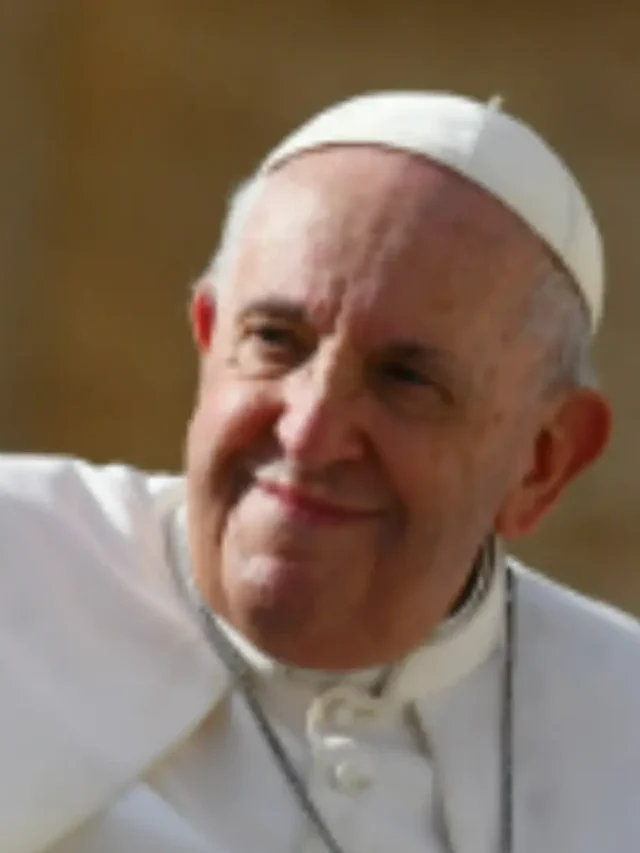Pope Francis death: What Happens Next? Vatican Rules and Papal Conclave Explained
Pope Francis, the beloved leader of 1.4 billion Catholics worldwide, passed away on Easter Monday, April 21, 2025, at the age of 88, at his residence in the Vatican’s Casa Santa Marta16. His death marks a historic moment for the Catholic Church, triggering a carefully orchestrated process governed by centuries-old Vatican rules to elect the next pope. This article explains what happens next, including the papal funeral, the interregnum period, and the conclave election process.
The Death of Pope Francis: Official Announcement and Immediate Steps
At 7:35 a.m. local time, Cardinal Kevin Farrell, the Vatican’s camerlengo, announced the passing of Pope Francis with deep sorrow, highlighting the pontiff’s lifelong dedication to serving the poor and marginalized16. The camerlengo’s role is crucial in the moments following the pope’s death. He officially confirms the death by calling the pope’s baptismal name three times and then initiates the Vatican’s protocols2.
Following the announcement, the papal apartments are sealed, and the Fisherman’s Ring and papal seal are ceremonially destroyed to symbolize the end of Pope Francis’s reign24. The Vatican then enters the sede vacante period, meaning “the seat is vacant,” during which the Church pauses certain official activities until a new pope is elected2.
Pope Francis’s Funeral and Mourning Period
According to the apostolic constitution Universi Dominici Gregis, the funeral must take place between the fourth and sixth day after the pope’s death2. Pope Francis’s funeral will be held at St. Peter’s Basilica, followed by a burial that breaks from recent tradition. Unlike his predecessors, Francis requested a simple wooden coffin and burial at the Basilica of St. Mary Major in Rome, reflecting his lifelong humility and simplicity4.
The funeral marks the start of a nine-day mourning period called the novendiales, during which memorial Masses are celebrated at St. Peter’s Basilica. This period allows the Catholic faithful worldwide to grieve and pray for the late pope24.
What Happens During the Interregnum?
During the sede vacante, most Vatican officials lose their authority, but the camerlengo and the head of the Apostolic Penitentiary remain in office to manage essential affairs2. Routine Vatican business continues, but no major decisions, such as appointing new bishops or issuing official documents in the pope’s name, are made until the new pope is elected2.
The Papal Conclave: Choosing the Next Pope
The next step is the papal conclave, a secretive election process where the College of Cardinals gathers to select the new pope35. Only cardinals under the age of 80 are eligible to vote, with a maximum of 120 cardinal electors participating5. The conclave begins between 15 and 20 days after the pope’s death, allowing time for all eligible cardinals to arrive at the Vatican25.
Cardinals are sequestered inside the Sistine Chapel, cut off from the outside world, and vote by secret ballot multiple times a day35. A two-thirds majority is required to elect the new pope. After each round, ballots are burned; black smoke signals no decision, while white smoke announces the election of a new pope35.
The Announcement of the New Pope
Once a cardinal receives the required votes, he is asked if he accepts the role. Upon acceptance, he chooses a papal name and is vested in papal garments. The senior cardinal deacon then announces “Habemus Papam” (“We have a pope”) from the balcony of St. Peter’s Basilica3. The new pope appears to bless the crowd and begins his papacy with a message of hope for the global Catholic community3.
Pope Francis’s Legacy and the Road Ahead
Pope Francis was widely admired for his humility, compassion, and efforts to reform the Church. His papacy was marked by a focus on social justice, care for the poor, and a call for mercy and inclusion678. As the Catholic Church mourns his passing and prepares for a new leader, the world watches closely the unfolding of the Vatican’s time-honored traditions.
- Pope Francis dies
- Vatican rules after pope’s death
- Papal funeral 2025
- Sede vacante period
- Papal conclave process
- How is a new pope chosen
- Habemus Papam announcement
- College of Cardinals voting
- Pope Francis legacy
- Catholic Church transition 2025
Conclusion
The death of Pope Francis initiates a solemn and historic process governed by Vatican rules that ensures a smooth transition of leadership for the Catholic Church. From the funeral rites to the conclave election, each step honors centuries of tradition while the world awaits the emergence of the next spiritual leader for over a billion Catholics worldwide.
For continuous updates on the papal conclave and Vatican news, stay tuned to trusted sources and official Vatican announcements.
Pope Francis Dies. What Happens Next? Vatican Rules Explained
Slide 1: Breaking News
Pope Francis Dies at 88
The beloved leader of 1.4 billion Catholics worldwide, Pope Francis, has passed away peacefully at the Vatican. His death marks the end of a historic pontificate known for mercy and reform.14
Slide 2: The Death Announcement
How Is a Pope’s Death Confirmed?
The Vatican’s camerlengo, Cardinal Kevin Farrell, officially confirms the pope’s death by calling his baptismal name three times. With no response, the pope’s passing is declared, and the news is shared globally through Vatican channels.23
Slide 3: The Interregnum Period
What Happens After the Pope Dies?
The Vatican enters a period called sede vacante — “the seat is vacant.” The camerlengo locks the papal apartments and destroys the Fisherman’s Ring, symbolizing the end of the pope’s reign. A 9-day mourning period follows.27
Slide 4: The Funeral
When and Where Is the Pope Buried?
The funeral is held within 4-6 days after death, usually at St. Peter’s Basilica unless otherwise requested. Pope Francis chose to be buried at Santa Maria Maggiore Basilica in Rome.26
Slide 5: Preparing for the New Pope
Who Elects the Next Pope?
The College of Cardinals, all male and mostly bishops appointed by the pope, convenes to elect the successor. Only cardinals under 80 years old can vote in the conclave.56
Slide 6: The Papal Conclave
The Secretive Election Process
Cardinals gather in the Sistine Chapel, cut off from the outside world. They vote multiple times daily until a candidate receives a two-thirds majority. Ballots are burned after each vote.37
Slide 7: Smoke Signals
How Does the World Know the Result?
Black smoke means no decision yet; white smoke signals a new pope has been elected. The smoke rises from the Sistine Chapel chimney, watched by millions worldwide.35
Slide 8: The New Pope’s Announcement
“Habemus Papam!”
The senior cardinal deacon announces “Habemus Papam” (“We have a pope”) from St. Peter’s Basilica balcony. The new pope then appears to bless the crowd and begins his papacy.37
Slide 9: What’s Next for the Catholic Church?
A Time of Transition and Hope
With Pope Francis’s death, the Catholic Church enters a historic transition. The world watches as the cardinals choose a leader to guide 1.4 billion faithful into the future.14
Slide 10: Stay Updated
Follow Our Coverage
For the latest updates on the papal conclave, funeral arrangements, and the new pope’s election, stay tuned to trusted news sources and Vatican announcements.

